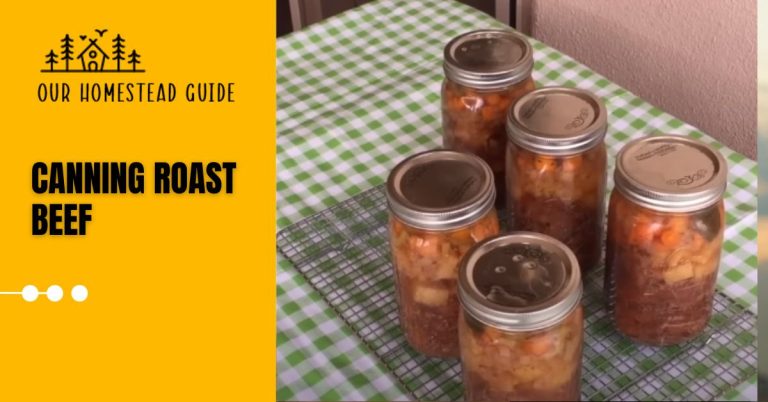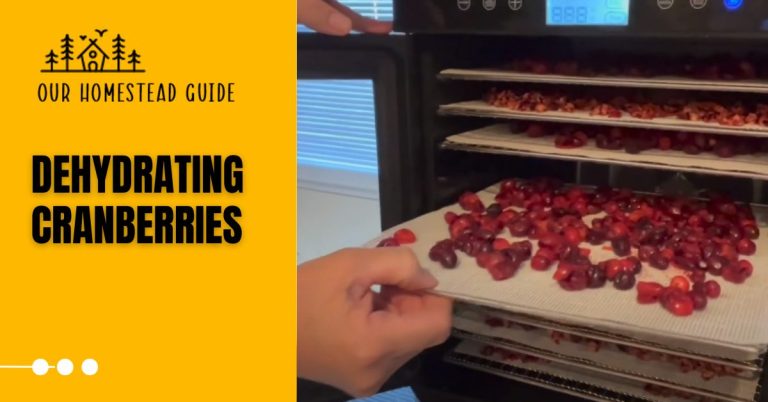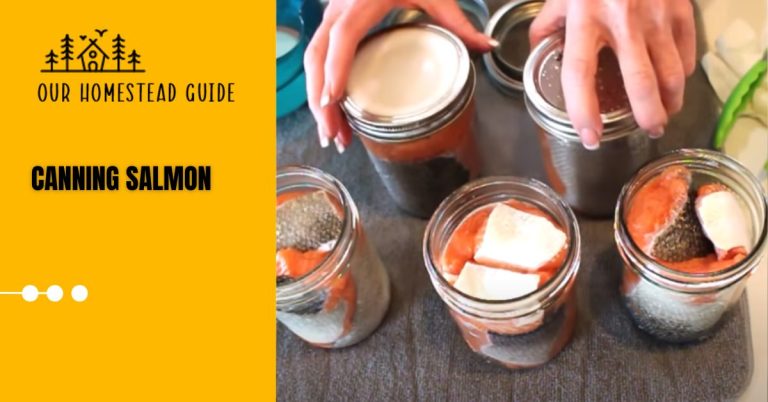15 Ways of Dehydrate shredded carrots: Step By Step Guide
Dehydrate shredded carrots are the process of eliminating moisture from carrot strips in order to improve their shelf life and create a convenient, lightweight, and flexible ingredient. To dehydrate shredded carrots, first peel and wash fresh carrots, then shred them into thin strips with a grater or food processor. Next, equally distribute the shredded carrots on a dehydrator tray.
Dehydrate carrots at 125-135°F until brittle. Store in airtight containers for versatile use in soups, stews, salads, or snacks.
Ingredients and Equipment:
| Ingredients and Equipment for Dehydrating Shredded Carrots |
| 15 pounds of carrots |
| Water |
| Dehydrator |
| Mandoline or box grater |
| Blanching pot |
| Towel |
| Vacuum sealer or oxygen absorbers |
| FoodSaver attachment set (for vacuum sealing) |
| Gingham Lids (optional) |
How to Dehydrate shredded carrots?
1-Getting ready:
Fry fifteen pounds of carrots. Make sure your dehydrator is clean and ready to use before setting it up.
2-Refining:
Bring water to a boil, blanch carrots for 4 minutes, drain, and remove excess moisture to dehydrate shredded carrots. This keeps the texture and color intact. When prepared for freeze-drying or dehydrating, they become an adaptable component for a range of culinary applications.
3-Chopping up:
Cut the blanched carrots into shreds using a box grater or mandoline. As an alternative, shred anything using a kitchen machine attachment.
4-Shreds Dehydrating:
- Arrange the carrot shreds evenly on the dehydrator trays.
- Aim for 150 degrees Fahrenheit using the dehydrator.
- Dehydrate the carrots for about 14 hours, or until they are completely dry.
5-Cutting:
Slice the carrots by hand or using a kitchen machine’s slicer attachment, if preferred.
6-Slices being dried out:
Arrange the carrot slices on the trays of a dehydrator. Aim for 150 degrees Fahrenheit using the dehydrator. Dehydrate the carrots for about 14 hours, or until they are completely dry.
7-Freezing Process:
Partially shred and slice the carrots, then put them in freezer trays for the freeze-drying process.
For freeze-drying, according to the manufacturer’s recommendations. It could need twenty-one hours.
8-Verify Dryness:
Make sure the carrots, which have been dehydrated and freeze-dried, are completely dry. They ought to be crisp in texture.
9-Holding:
If the slices have adhered to one another, separate them. A webbed network might grow from the shreds.
Put the freeze-dried and dehydrated carrots in a jar.
10-Airtight Sealing:
To preserve the jars for a long time, vacuum seal them. Alternatively, if vacuum sealing is not a possibility, utilize oxygen absorbers.
11-Marking:
Make sure your jar labels are printed with the contents and the date of dehydration.
12-Supplementary Gingham Lid:
For improved sealing, utilize a standard lid with an extra upside-down lid if you are having problems with the gingham lid attachment.
13-Last Inspection:
Verify the airtightness of the vacuum-sealed jars.
14-Have fun:
Add the dried carrots to stews, soups, and other recipes. Both coloring and flavoring can be applied to the powder.
15-Take note:
Watch the color of the powdered carrot to see if blanching contributes to color retention over time.
How to Use Dehydrated Carrots for Trail Food
Hydrate up: Before your trek, soak dried carrots in water for a few hours or overnight.
Mix Trail: Mix in dried fruits, nuts, and seeds to create an energizing trail mix.
Quick Soups: Add to soups and stews to enhance, or to camping meals for rapid rehydration in hot water.
Plant-Based Wraps: Add wraps with protein and dried vegetables for an easy-to-pack trail meal.
Quinoa Mix or Couscous: Combine with quinoa or quick couscous for a wholesome lunch on the trail.
Oatmeal Energy: Add a savory and sweet flavor to porridge in the morning.
Sidewalk Hummus: For a trail-friendly hummus to pair with crackers, rehydrate and mix.
Pasta in One Pot: Make a fast one-pot pasta meal by combining it with pasta and ingredients.
Vitality Bars: Grind to a powder and combine with honey, almonds, and seeds to make homemade energy bars.
Accessory for Dehydrated Foods: Use as a tasty garnish for further dehydrated dishes.
Carapace Chips: Before dehydrating, finely slice carrots to make crispy chips.
Plant-Based Curry: Rehydrate and stir into a vegetarian curry that’s suitable for traveling.
How to Re-hydrate Carrots
Dried carrots work best if soaked before being used in a dish.
- After pouring boiling water over the carrots, let them soak for 20 to 40 minutes, or until soft. For every cup of dry carrots, use two glasses of water.
- Usually, one cup of dehydrated carrots is reconstituted into two cups.
- Soak for 20 to 30 minutes then add the broth and carrots to the recipe if using in soups or stews.
- Before adding to a dish, let the ingredients soak for 30 to 45 minutes and then drain any leftover liquid if used in stir-fries, fried rice, casseroles, etc.
Conclusion:
Shredded carrots can be dehydrated to increase their shelf life and offer a convenient addition to a variety of cuisines. You can confidently prepare, dehydrate, and enjoy the benefits of dried shredded carrots in your meals with this detailed tutorial. Explore the various ways to include these nutritious bits in your culinary masterpieces.
Most Frequently Asked Questions!
1- Can I dehydrate shredded carrots in an air fryer?
Shredded carrots can be dehydrated in an air fryer. Simply distribute them on the air fryer racks and cook according to the recipe directions.
2- Are dehydrated shredded carrots gluten-free?
Yes, dehydrated shredded carrots are gluten-free by nature.
3- How long do dehydrated shredded carrots last?
Dehydrated shredded carrots can be stored in an airtight container in a cold, dry place for up to 12 months or longer.
4- Can I skip the blanching step?
Color and texture are preserved with blanching. It’s not required, but it improves the overall quality of the dried carrots.
5- What’s the recommended dehydrator temperature?
Carrots should be dry and brittle after several hours at 125–135°F (52–57°C) in the dehydrator.
6- Can I use a food processor instead of a mandoline or grater?
Indeed, carrots may be effectively shredded in a food processor to remove moisture.
7- How do I prevent slices from sticking together during dehydration?
Make sure tray spacing is uniform. After being dehydrated, separating the slices helps prevent clumping.
8- What’s the purpose of blanching?
Vegetables retain color and texture when blanched, which improves the finished dried product.
9- How long can dehydrated carrots be stored?
In a cold, dark environment, dried carrots can survive up to a year when vacuum-sealed or kept with oxygen absorbers.
10- Can I rehydrate shredded carrots for immediate use?
Yes, before using shredded carrots in recipes, give them a brief soak in warm water to rehydrate.
11- Are gingham lids necessary for storage?
Gingham covers are not required. For dehydrating carrots, standard lids with appropriate sealing or vacuum-sealing techniques work well.
12- Can I use dehydrated carrots for snacks?
Of course! Carrots that have been dehydrated are a crisp, wholesome on-the-go snack.
13- How can I use dehydrated carrots in cooking?
To improve taste and nutrients, dry carrots and add them to soups, stews, and salads, or rehydrate them for use in other recipes.
you may also like this article.





